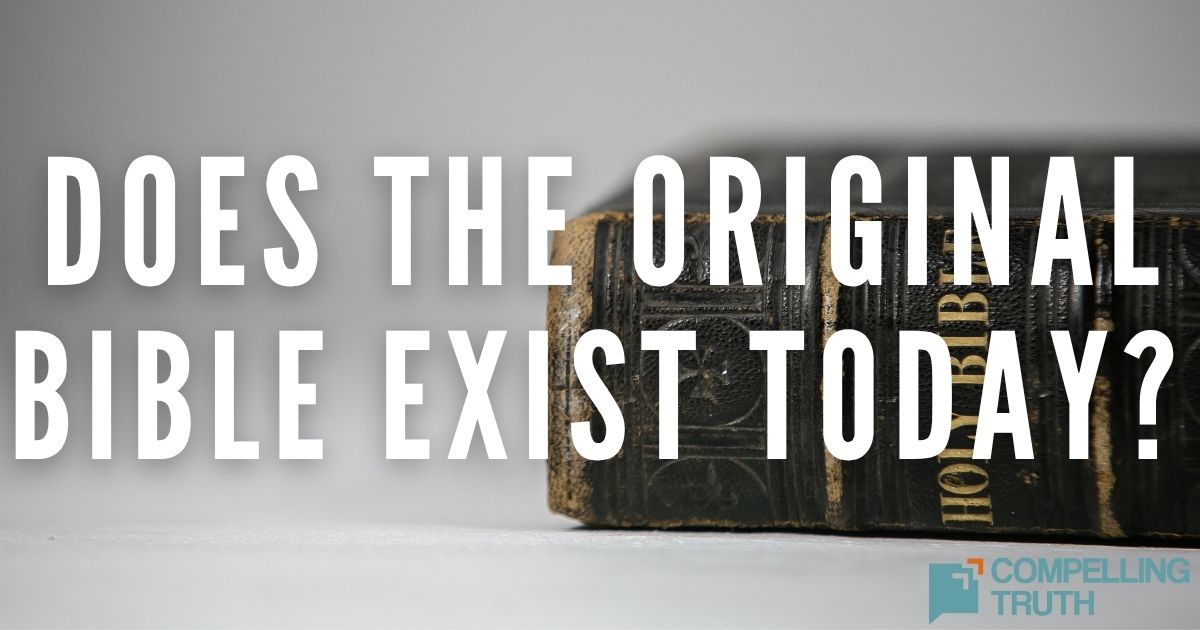what does the bible say?
The earliest Greek texts we have that include the Gospel of John do not include John 7:53—8:11. Church fathers and others make no mention of it until the twelfth century. And at least fourteen words used in this passage appear nowhere else in John's gospel; for example, the passage refers to "the scribes" but John never references them elsewhere. For these reasons and more, many theologians believe this passage does not belong in Scripture.
The passage recounts an encounter Jesus had with a woman caught in adultery. He challenges those who brought her to Him to cast the first stone if they are without sin. When they dissipate without throwing any stones, Jesus
tells the woman her sins are forgiven and she should go and sin no more.Some call this passage the pericope adulterae. The Textus Receptus, the Greek New Testament used for centuries as the basis for translations, includes the passage and many ancient Greek texts do, too. The King James Version of the New Testament, based on the Textus Receptus, includes it as well. More modern translations, such as the NIV and the ESV, include it but set it apart with brackets and such to communicate that translators do not believe this section to be original Scripture because the earliest manuscripts of John's gospel do not include it.
The earliest commentary of this passage comes more than one thousand years after Jesus. That commentary challenged the inclusion of the passage because accurate Greek manuscripts did not include it. Some manuscripts do include the passage, or part of it, but place it after John 7:36 or after John 21:25. Some manuscripts put it after Luke 21:38 or 24:53. Also, scholars say the passage just before this story and the passage just after fit together well without the questionable section.




